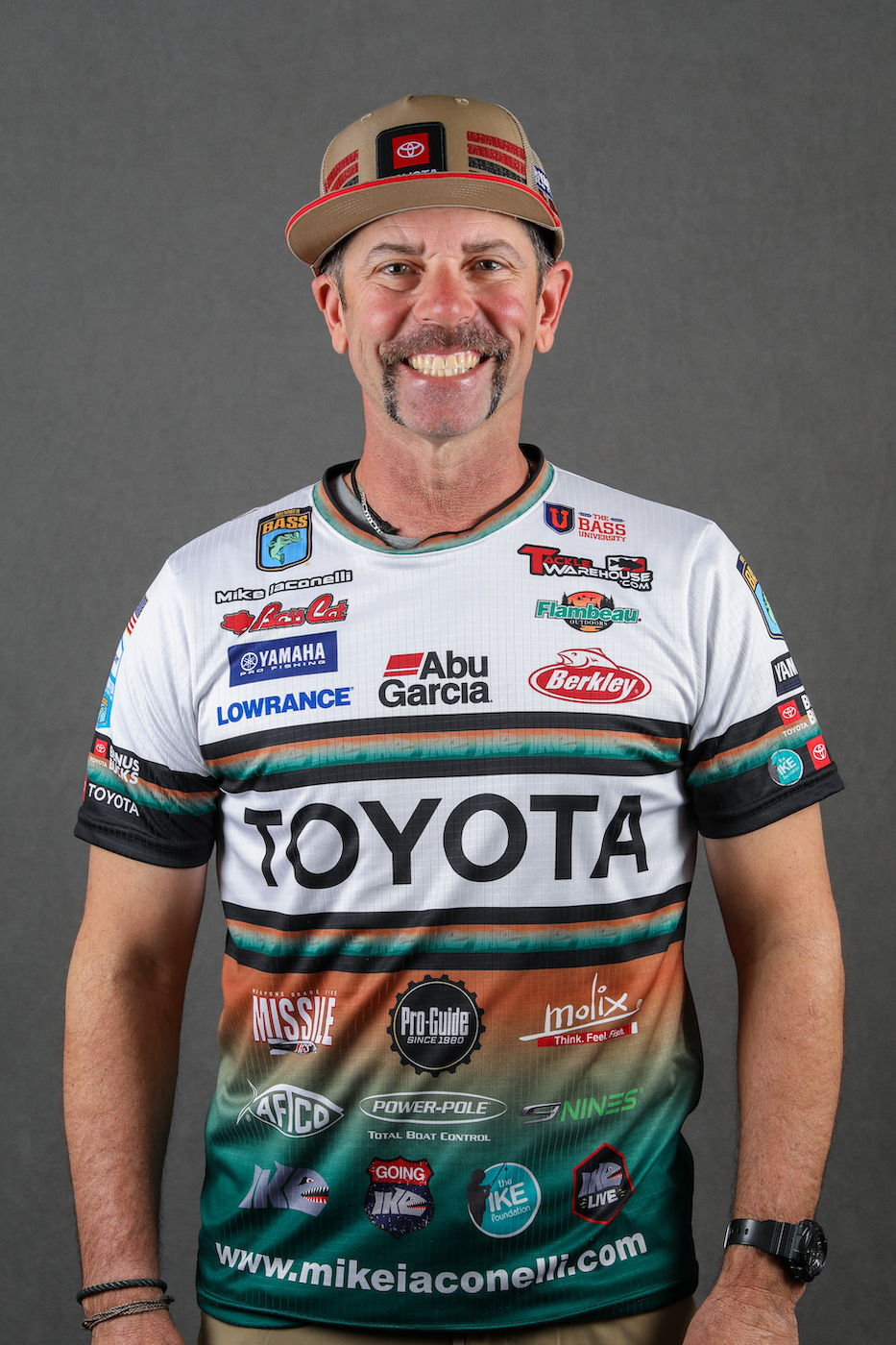Last week we talked about the river conditions we might face on the Red River for the 2012 Bassmaster Classic and what you should be looking for there. This week we’ll discuss practice and how it really works. It’s critical to the whole tournament. Knowledgeable fans know that.
The first three days of practice before all the festivities start are the most important, at least most of the time. It’ll set the tone for the entire tournament. What I’ll be looking for is an area that holds winning caliber fish. That’s obvious, you say? Maybe, but if you stop to think about it for a minute it’s not so obvious.
On some venues you can develop a milk run and move from place to place during the day. Usually you’ll have similar structure and cover to fish. Running time might be a problem but it’s offset by better fishing spots. That’s a strategy we’ve used for years to put weight in the boat on many of the lakes we fish. It won’t work on the Red River, however, and here’s why.
The Red River is broken up into three pools. As a practical matter, that makes it impossible to develop a pattern that requires you to move around very much. The pools aren’t big enough for that, and you certainly can’t lock while you run. That’ll take up all your fishing time. So, you have to pick a pool and go with it.
To be fair, you can lock once and still have plenty of fishing time. I don’t mean to say that any angler who locks is doomed. What I am saying is that you can’t go back and forth through the locks all day.
As you can see, we’re now back to what I said before — find an area that you think holds winning fish. If you have a good practice, you might find more than one area. That’s great but you’ll still have to commit once competition starts. Again, I’m not saying you can’t move but you’d better not do it very often.
As soon as you have an area or two marked, the game is to find and develop a fish management strategy that’ll allow you to keep catching them over three days. That means you have to be ready for anything. Anything means heavy fishing pressure, fan pressure, changing water and weather patterns and conditioned bass.
From there, it’s a matter of fine tuning everything. That’s what we do on Wednesday, or should be doing. (If you’re still looking on Wednesday you’re in deep trouble.)
I can almost guarantee you this is the plan the winner will follow. He’ll find a good area that holds good fish and he’ll slowly modify his game plan to keep catching them no matter what. Watch for who’s doing that. It’ll give you insight into what’s going on and who’s in a position to win.
Next time I’ll give you a few tips about how to watch the weigh-in and know — really know — what’s going on beyond who has the most weight.





